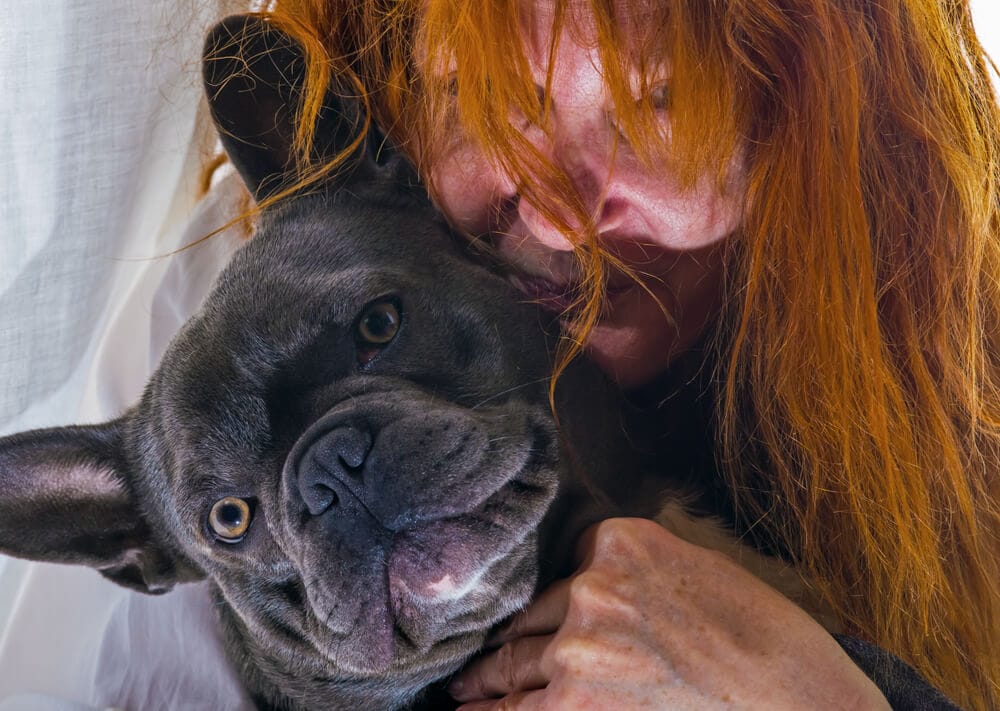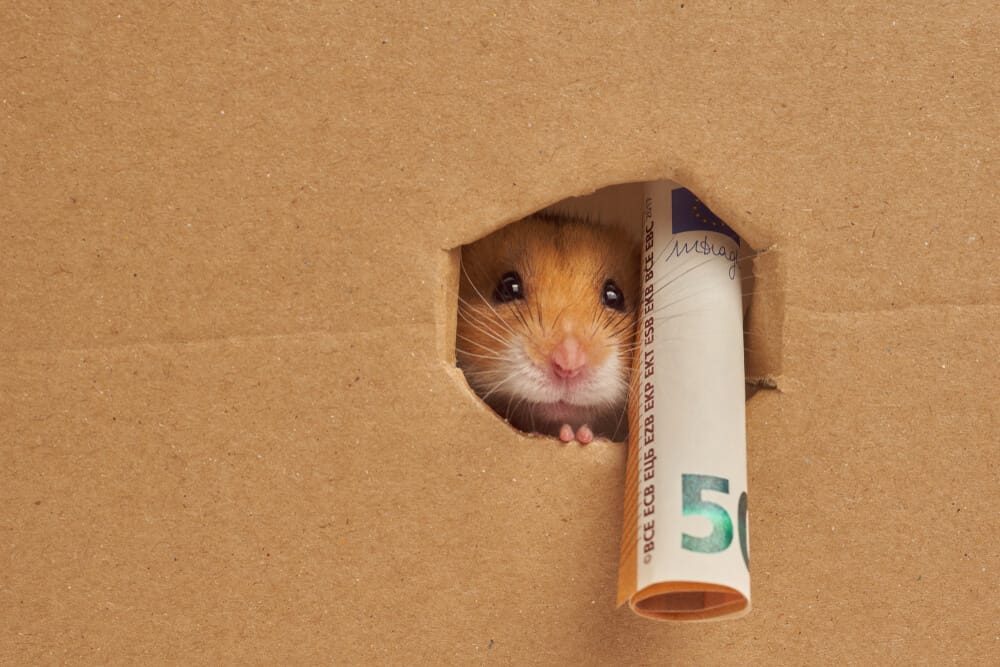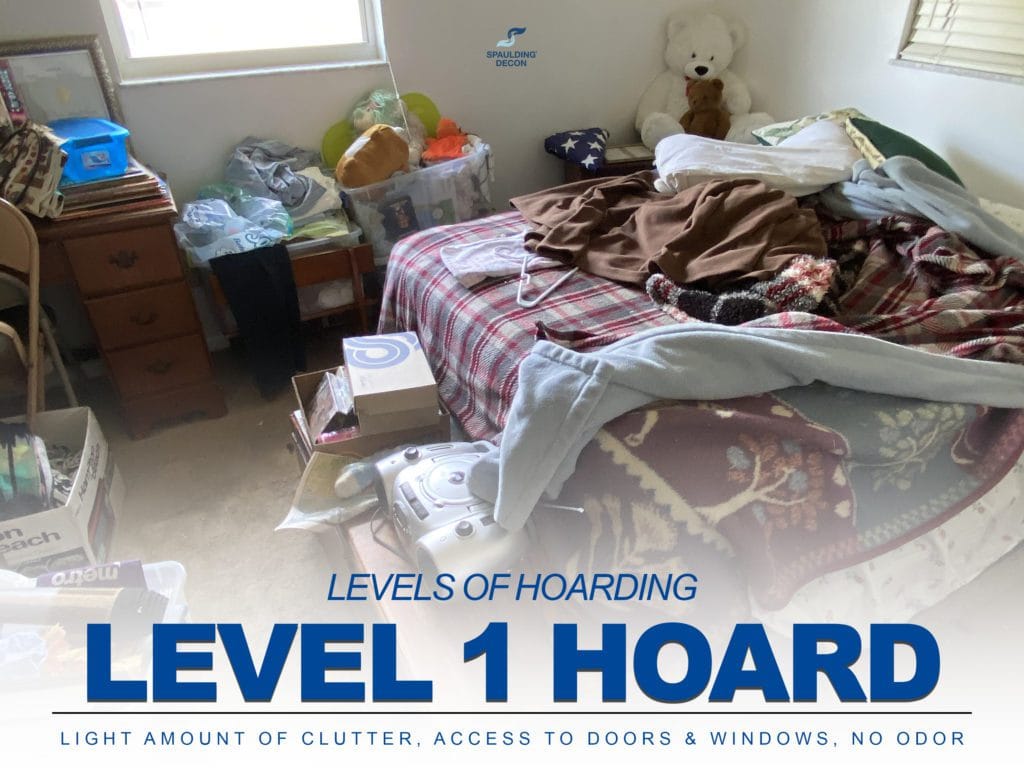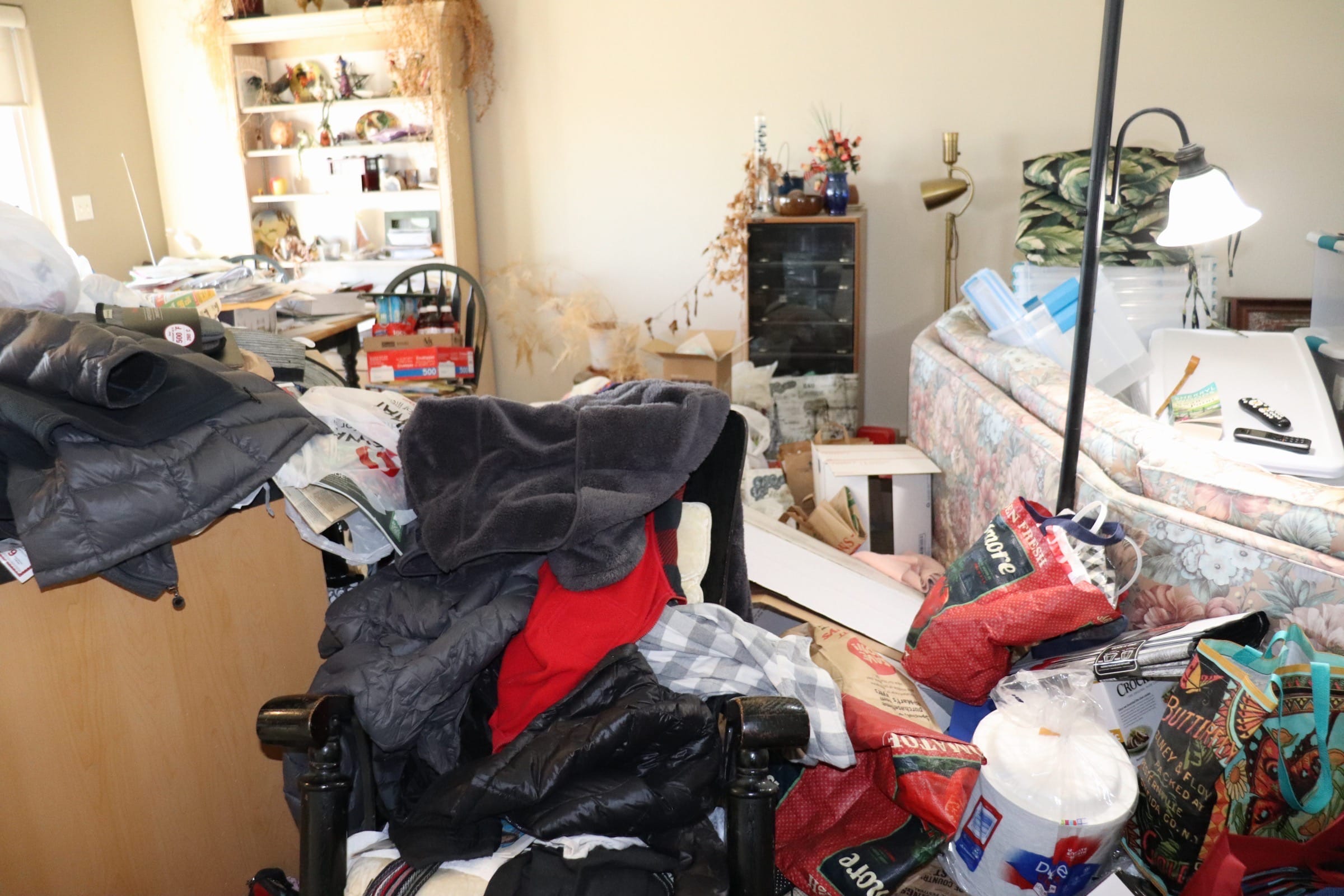While not considered a distinct mental disorder, hoarding is a severe compulsive behavior that, if left untreated, may escalate to devastating proportions, hurting both the hoarder and those around him in the process. It is estimated that between 2% to 5% of the American population is affected by this compulsive behavior. Hoarding can take many forms as people tend to collect all kinds of items. Sometimes, they even collect living and breathing animals.
Animal hoarding is a hoarding behavior characterized by an excessive need to keep as many animals as possible without providing the necessary minimal standards of nutrition, sanitation, and shelter. Individuals suffering from this disorder will fill their homes to the brim with many different animals including dogs, cats, reptiles, rodents, birds, and in some cases even farm animals. There are approximately 200,000 cases of animal hoarding reported each year, with many more cases going under the radar. The bad news is that reports show that animal hoarding is on the rise.
Today we are going to take a deep dive into the confusing and often tragic world of animal hoarding and try to give you a better understanding of how this behavior that starts with a positive intention ends up hurting so many animals. We are also going to explain what should you do if you are a bystander of animal hoarding.
Lets start by looking at the animal hoarder definition.
What Makes Someone an Animal Hoarder?
First and foremost, we have to define what is the definition of animal hoarding and how it differentiates from taking care of a large number of animals. This is not as straightforward as you might think since what classifies a person as an animal hoarder isnt necessary the number of animals he keeps, rather it is whether or not he can provide for those animals. So, if you were wondering how many animals is considered hoarding , there is no threshold number used to define a pet owner as a hoarder, as theres nothing wrong with having a dozen of cats, dogs, or any other pets, as long as they are provided with adequate shelter, food, and veterinary care.
However, if an individual possesses more than the typical number of pets without providing them with the bare minimum, yet is delusional and lacks the self-awareness to admit that he is unable to take care of those animals, that individual is considered an animal hoarder.
The gist of it is that, while at its core animal hoarding has good intentions, the results of it are devastating and can cause a lot of suffering for both the animals and the people involved. Animal hoarding also causes a strain on local animal shelters and volunteers as they need to provide temporary or permanent homes for all these animals, barring that the unintentional neglect and abuse do not result in the premature death of said animals.
More Facts About Animal Hoarding
So now that we have defined what the term animal hoarding refers to, lets look at some of the facts associated with this compulsive behavior.
Even experts do not exactly understand what causes people to become animal hoarders. Most of them agree that animal hoarding falls into the category of obsessive-compulsive disorders, however, they also agree that animal hoarding is a complex disorder with elements of personality disorder, paranoia, delusional thinking, attachment disorders, and depression.
Despite their mental disorders, hoarders are often able to hide their issues from their own family and other observers by maintaining an image of well-intentioned individuals trying to help stray animals. They fool others just as they fool themselves into thinking their situation is perfectly under control and that they are helping animals in need, while in reality, it is the opposite.
While there are certain stereotypes related to the age and gender of hoarders, in reality, they can be young or old and male or female. Also, the socio-economic background is not necessarily a deciding factor in becoming a hoarder. That being said, elderly people tend to develop hoarding habits more often due to their loneliness, isolation from society, and deteriorating memory and health.
When asking animal hoarders what is the reasoning behind their actions, youll be surprised how often their answers vary. Some individuals collect animals in excess in order to compensate for the loss of a loved one. It is not uncommon for a traumatic event to trigger some type of hoarding behavior. Others become dog or cat hoarders in an attempt to save them from living on the streets. Regardless of what the reason is, this excessive accumulation of animals usually gets out of hand to the point where it becomes detrimental to the livelihood of all parties involved.
But how does this happen?
A Love for Animals or a Mental Illness?
Hoarding, in general, is a misunderstood phenomenon that has many psychological underpinnings. Individuals who suffer from hoarding have a hard time letting go of their items because they have a habit of forming strong emotional attachments and wish to preserve memories through these items. Their homes are cluttered and messy to the point where they become inhabitable. Every countertop, closet, floor, and hallway is filled to the brim. Even their bathtubs are used for storage purposes. Hoarders hold on to stuff many other people throw away.
Now, the issue becomes even greater when people start collecting living and breathing animals instead of items. What starts as a good intention, often leads to an unhealthy obsession. Animal hoarders acquire as many pets as they can fit in their homes, without acknowledging their inability to provide even the minimal standards to sustain them. These individuals become emotionally overwhelmed and socially isolated, alienating themselves from their family and close friends.
Their challenges with organizing their personal lives have a direct influence on the well-being of their newly acquired pets. Poor health, lack of proper nutrition, overcrowding diseases , these are just some of the things that define the everyday life of a pet imprisoned by an animal hoarder. Theyll often fight for the sparse amount of food available, sustaining numerous injurious in the process. These injuries are then left untreated, leading to infections and eventually death. Innocent victims of misguided love.
In the end, these animals are kept in horrific conditions, where they are deprived of proper care and nutrition. In severe cases, youll see these animals suffering from diseases while living covered in their own waste. Unfortunately, when they finally succumb to their illnesses, most animal hoarders do not get rid of their bodies. Other live animals then continue living among the deceased ones and as a result are exposed to various infections and diseases.

Animal Hoarding Psychology
As we already stated, the psychology behind animal hoarding is intricate and complex. Similar to how object hoarding works, people who excessively collect animals form a strong emotional attachment with their newly acquired pets. The need for these emotional bonds often comes after the individual has gone through a difficult event in his life. Common triggers include a loss of a loved one, a difficult illness, or being rejected from society. They seek to find solace in their pets and see them as a source of unconditional love. However, their inability to grasp the reality and severity of their situation often leads to further unhappiness.
They spend all their time, money, and energy on their pets, neglecting their own health and social life in the process. Their homes become a wasteland of animal feces, discarded food packaging, and all kinds of other garbage. The biggest tragedy of animal hoarding is that the hoarder is equally affected by his seemingly well-intentioned and misguided love just as much as his animals are. They are equally trapped by his own compulsive and delusional behavior.
Some justify their actions by presenting themselves as a rescue service for rejected animals. This makes them feel special as they too have been mistreated in life. However, while they portray themselves as saviors, their animals suffer, as in reality they are deprived of a clean and healthy home.
What Animals Are Most Commonly Hoarded
Statistics show that cat hoarding is the most common type of animal hoarding with more than 50 % of reported cases involving cats. Dogs are right up there with cats when it comes to animal hoarding, followed by birds. Exotic pets are a subject of animal hoarding but are not even closely as common as cat or dog hoarding.
Laws Related to Animal Hoarding
The law sees animal hoarding as a form of animal abuse and is covered under the animal cruelty statute. Every state has slightly different animal cruelty laws but one commonality between all these laws is that caretakers should be able to provide sufficient amounts of food, water, and veterinary care. They are also required to provide adequate shelter, else they can be prosecuted.
That being said, animal cruelty laws consider animal hoarding a misdemeanor offense in most states which makes them not as effective in preventing this type of activity. A few states have made the effort to make their animal cruelty laws less vague and more strict. These states consider animal neglect as a felony offense and have specific prohibitions against hoarding animals.
How to Tell if Someone Is a Hoarder
There are several signs that may indicate someone is an animal hoarder. For instance, a large number of animals living in a home thats deteriorating is a red flag that the person living there is indeed an animal hoarder. If you are in a conversation with an individual that you suspect is an animal hoarder and you notice that he is unaware of the exact number of animals under his care, youre most likely dealing with an animal hoarder. Also, if there are signs of delusional behavior such as claiming that all the animals living on the property are happy and taken care of even though it is evident that that is not the case, youre probably dealing with an animal hoarder. Other signs include:
- A peculiar smell coming from the property
- Lethargic and undernourished animals
- The pet owner is isolated from the neighborhood and does not enjoy the company of others
- The pet owner is unwilling to let visitors onto his property
- The pet owner has a neglected visual appearance
Animal Hoarding Help
So what should you do if you have an animal hoarder in your life? How to help someone who hoards? Well, there are several ways on how to deal with an animal hoarder. If you suspect that someone is indeed hoarding animals, you should not turn a blind eye to it. Call your local animal welfare organization and report animal hoarding. While this might seem a harsh response, especially if the person in question is an acquaintance of yours, reporting animal hoarding to local law enforcement and organizations that deal with this type of behavior is the right thing to do.
Its also the only way to help the individual as animal hoarders tend to make an effort to portray an image of normality despite the struggles that plague their lives. They fear that if they reach out to someone for help, their animals will be taken away from them and killed. Again, animal hoarders have a sense of guilt and responsibility, but it is this exact fear that leads to a certain sad outcome. They need professional help and the sooner they get it the better. Also, think of all the innocent animal lives youll save by reporting animal hoarding to the local authorities.
You can also consider volunteering to assist other volunteers and animal shelters in the rehoming process. Professional cleanup crews can be of great help in restoring the property to its previous state. Hiring an experienced cleanup service will avoid exposure to various infections and animal-borne illnesses.
Pet care is not the same as pet hoarding and while there is absolutely nothing wrong with going over the top with showing affection towards animals, some individuals take it too far. If you recognize animal hoarding as a situation that affects you or a loved one, seek out help instead of ignoring it. If you require a cleaning crew that will restore your propertys previous shine, contact Spaulding Decon.
More Hoarding Information:
Resource below might help you if you are worried about someone in an animal hoarding condition. .
- Everything You Need to Know About Hoarding Cleanup Services
- Learn How to Remove Biohazardous Materials from a Hoarding Situation
- Differences Between Hoarding and Clutter Cleanup
- The Ins and Outs of Hoarding Cleanup
- 7 Warning Signs Someone You Love Has a Hoarding Problem
- Is Hoarding a Disease? What Do the Experts Think?





